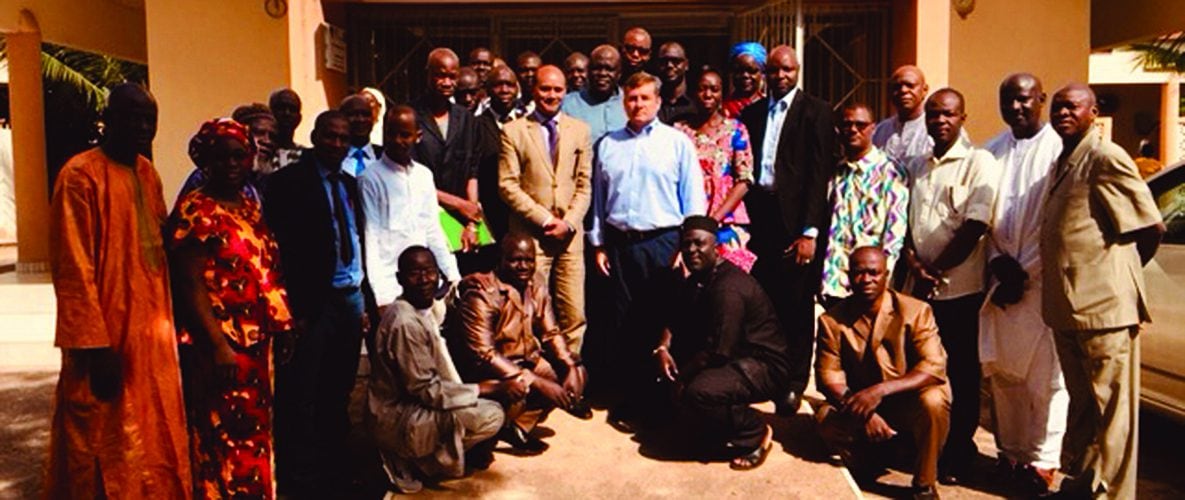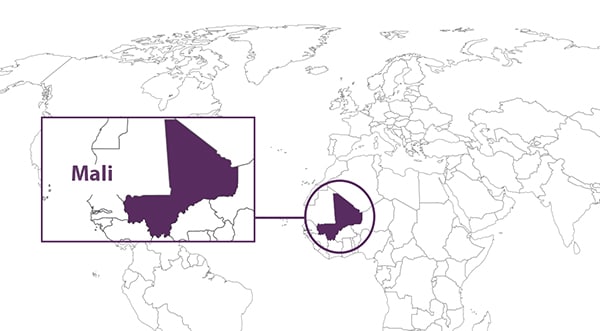CDC in Mali

The Centers for Disease Control and Prevention (CDC) has been working in partnership with Mali since 1966, when a CDC medical epidemiologist was based in Mali to implement the CDC Smallpox Eradication and Measles Control Program in West Africa. Since then, CDC’s support has expanded to address HIV, tuberculosis, malaria, meningitis, and influenza, as well as strengthening Mali’s laboratory, surveillance, and workforce capacity to respond to disease outbreaks.

What CDC is Doing in Mali
To improve early detection and response to epidemic-prone diseases, suspect case reports and laboratory data from subnational jurisdictions can now be integrated with Mali’s national database.
With CDC technical assistance, a national health Emergency Operations Center was established to test, detect and rapidly respond to public health emergencies.
28 Rapid Response Teams were trained in public health emergency investigation and management in 7 regions.
49 districts, 7 regional laboratories, and 7 national laboratories are now able to perform diagnostic tests for 13 priority pathogens.
114 health staff from all regions have completed the frontline Field Epidemiology Training Program.
A National Public Health Institute, one of Mali’s GHSA goals, was established in 2019.
- 2 U.S. Assignees
- 2 Locally Employed
- Population: 18,541,980
- Per capita income: $2,160
- Life expectancy at birth: F 62 /M 58 years
- Infant mortality rate: 56/1,000 live births
Sources:
World Bank 2018, Mali
Population Reference Bureau 2018, Mali
- Neonatal disorders
- Malaria
- Diarrheal diseases
- Lower respiratory infections
- Stroke
- lschemic heart disease
- Congenital defects
- Malnutrition
- HIV/AIDS
- Meningitis
GBD Compare 2018, Mali